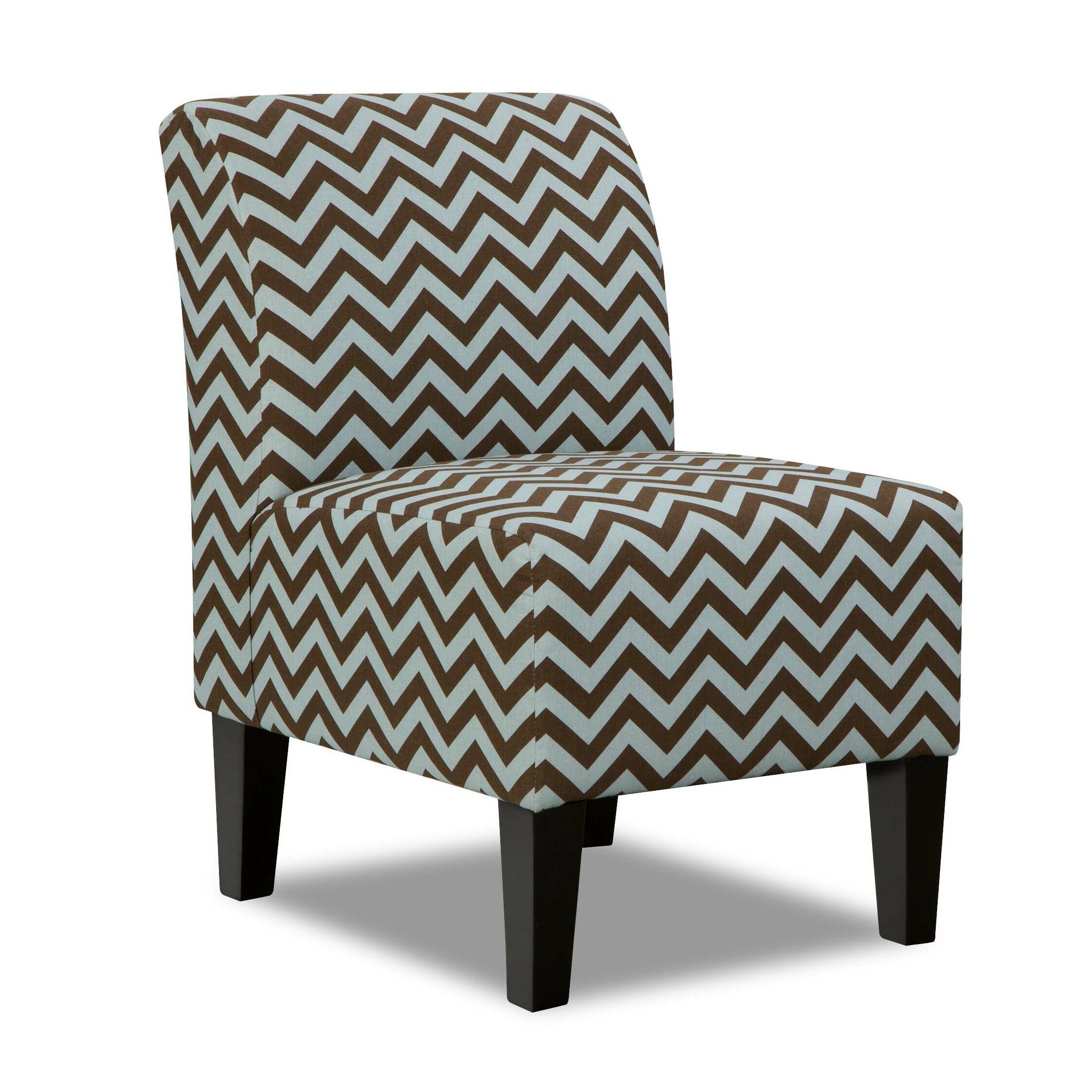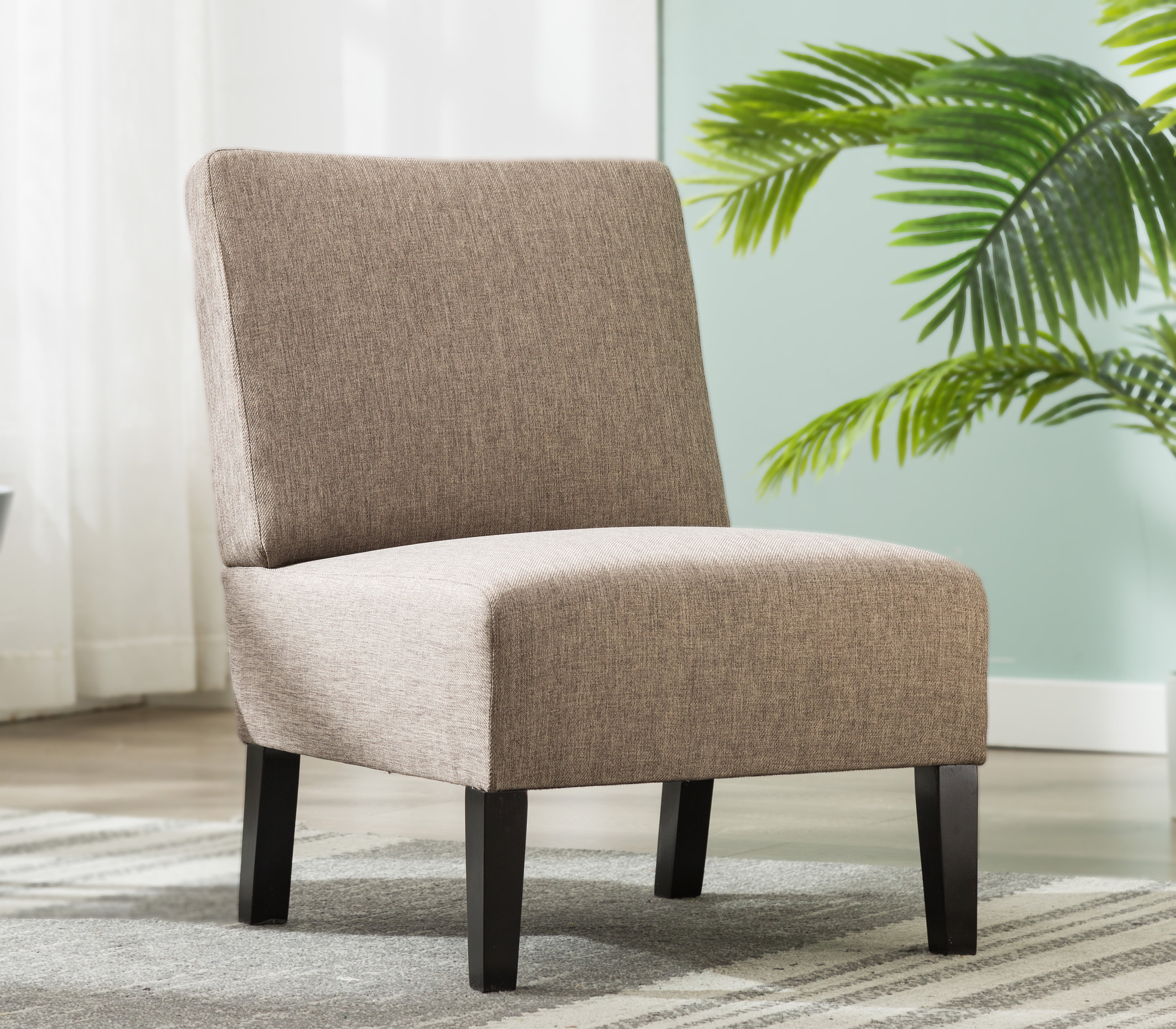Ergonomics and Comfort of Small Desk Chairs Without Wheels

Let’s face it, we spend a *lot* of time sitting. Whether you’re a coding ninja, a writer crafting the next great American novel, or a social media guru slaying the Insta-game, your chair is your throne. And a bad throne can lead to a kingdom of back pain. Choosing the right small desk chair without wheels, one that prioritizes ergonomics, is crucial for your comfort and long-term health. Think of it as investing in your future – a future free from nagging aches and pains.
Proper posture and ergonomics are paramount when selecting a small desk chair without wheels. Slouching for hours can lead to a cascade of problems: back pain, neck stiffness, headaches, and even carpal tunnel syndrome. These issues aren’t just annoying; they can seriously impact your productivity and overall well-being. Ignoring proper posture is like ignoring a warning light on your car dashboard – eventually, you’ll pay the price.
Features Contributing to Ergonomic Design
A truly ergonomic small desk chair without wheels boasts several key features. Lumbar support is king; it provides crucial lower back support, preventing that dreaded slump. Adjustable height is queen, allowing you to customize the chair to your body, ensuring your feet are flat on the floor and your thighs are parallel to the ground. Finally, the seat depth matters too – it needs to be just right to support your thighs without cutting off circulation. Think of it like finding the perfect pair of jeans – not too tight, not too loose, just right.
For example, the Herman Miller Aeron chair (though not small or without wheels, it serves as a high-end example of ergonomic principles) is renowned for its excellent lumbar support and adjustability. While not all small, stationary chairs will match its price tag, the design principles are transferable. Look for chairs that offer similar features scaled down to fit smaller spaces. Another example, albeit a hypothetical one to fit the prompt, is a well-designed small office chair with adjustable height, a contoured seat pan to promote good posture, and built-in lumbar support. This would be made from breathable fabric to prevent overheating and would be designed for someone with a smaller frame.
Adjusting Your Small Desk Chair for Optimal Comfort
Proper adjustment is key to unlocking the full ergonomic potential of your chair. Imagine this: you’re a sculptor carefully chiseling away at a block of marble to reveal a masterpiece. Your body is the marble, and your chair is your chisel.
First, adjust the height so your feet are flat on the floor and your thighs are parallel to the ground. This prevents pressure buildup in your legs and keeps your spine aligned. Next, adjust the lumbar support to provide gentle support to your lower back. You should feel a comfortable curve in your spine. Think of the lumbar support as a friendly hug for your lower back. Finally, ensure the seat depth is comfortable – your thighs should be supported without feeling cramped. Avoid sitting too far back or too close to the edge of the seat.
Imagine an illustration here: A person sits in the chair with their feet flat on the floor, their back straight, and their lower back gently supported by the lumbar support. Their thighs are parallel to the ground, and their arms are at a comfortable angle at the desk. The overall image conveys a sense of relaxed alertness, rather than slouching or stiffness.
Buying Guide and Considerations for Small Desk Chairs Without Wheels: Small Desk Chair Without Wheels

So, you’re ready to snag a sweet, compact desk chair—no wheels needed? Awesome! Finding the perfect fit can feel like navigating a maze of options, but fear not, this guide’s got your back (and your tush). We’ll break down everything you need to know to find the chair of your dreams, without the spinning sensation.
Measuring Your Workspace for the Perfect Chair
Before you even think about browsing online catalogs or hitting up your local furniture store, you need to know your dimensions. Accurate measurements are crucial for a comfortable and functional chair. Think of it as finding the perfect pair of jeans – you wouldn’t buy them without trying them on, right? Here’s your step-by-step measuring guide:
- Seat Depth: Measure the distance from the front edge of your desk chair to the back where your back will rest. This determines how much legroom you’ll have.
- Seat Width: Measure the width of your desk chair seat. You want enough space to sit comfortably without feeling cramped.
- Seat Height: Measure the height from the floor to the seat. This is key for proper posture and comfort. Consider the height of your desk—you want your feet to rest flat on the floor.
- Backrest Height: Measure the height of your backrest from the seat. A taller backrest offers more lumbar support.
- Available Space: Measure the total space you have available at your desk to determine if a chair will fit comfortably. This includes space around the chair to get in and out easily.
Key Factors to Consider When Buying a Small Desk Chair Without Wheels
Now that you’ve got your measurements, let’s talk about the other essentials. Choosing the right chair is a balancing act—budget, style, function, and durability all play a part. Think of it like choosing your dream team – you need players who excel in different areas.
- Budget: Set a realistic budget beforehand. Prices range from super affordable to, well, let’s just say “investment piece.”
- Style: Do you want something sleek and modern, or something more classic and traditional? Your chair should complement your workspace’s overall aesthetic.
- Intended Use: Will this be your primary work chair, a guest chair, or something for a hobby area? The intended use will influence your choice of features and materials.
- Durability: Look for a chair made from high-quality materials that can withstand daily use. Read reviews to see what other users say about the chair’s longevity. Think of it like choosing a sturdy pair of sneakers for a marathon—you want something built to last.
- Comfort Features: Consider features like lumbar support, padded seating, and adjustable height (if available). These can make a huge difference in your comfort level, especially during long periods of sitting.
Small Desk Chair Without Wheels: A Detailed Checklist
Before you click “buy,” run through this checklist to make sure you’ve covered all the bases:
- Measurements: Have you accurately measured your workspace and compared it to the chair’s dimensions?
- Budget: Does the chair fit within your predetermined budget?
- Style: Does the chair’s style complement your workspace?
- Materials: Are the materials durable and comfortable?
- Reviews: Have you checked online reviews to see what other users say about the chair’s comfort and durability?
- Warranty: Does the chair come with a warranty? This offers peace of mind in case of defects or malfunctions.
- Return Policy: Check the retailer’s return policy in case the chair doesn’t meet your expectations.
